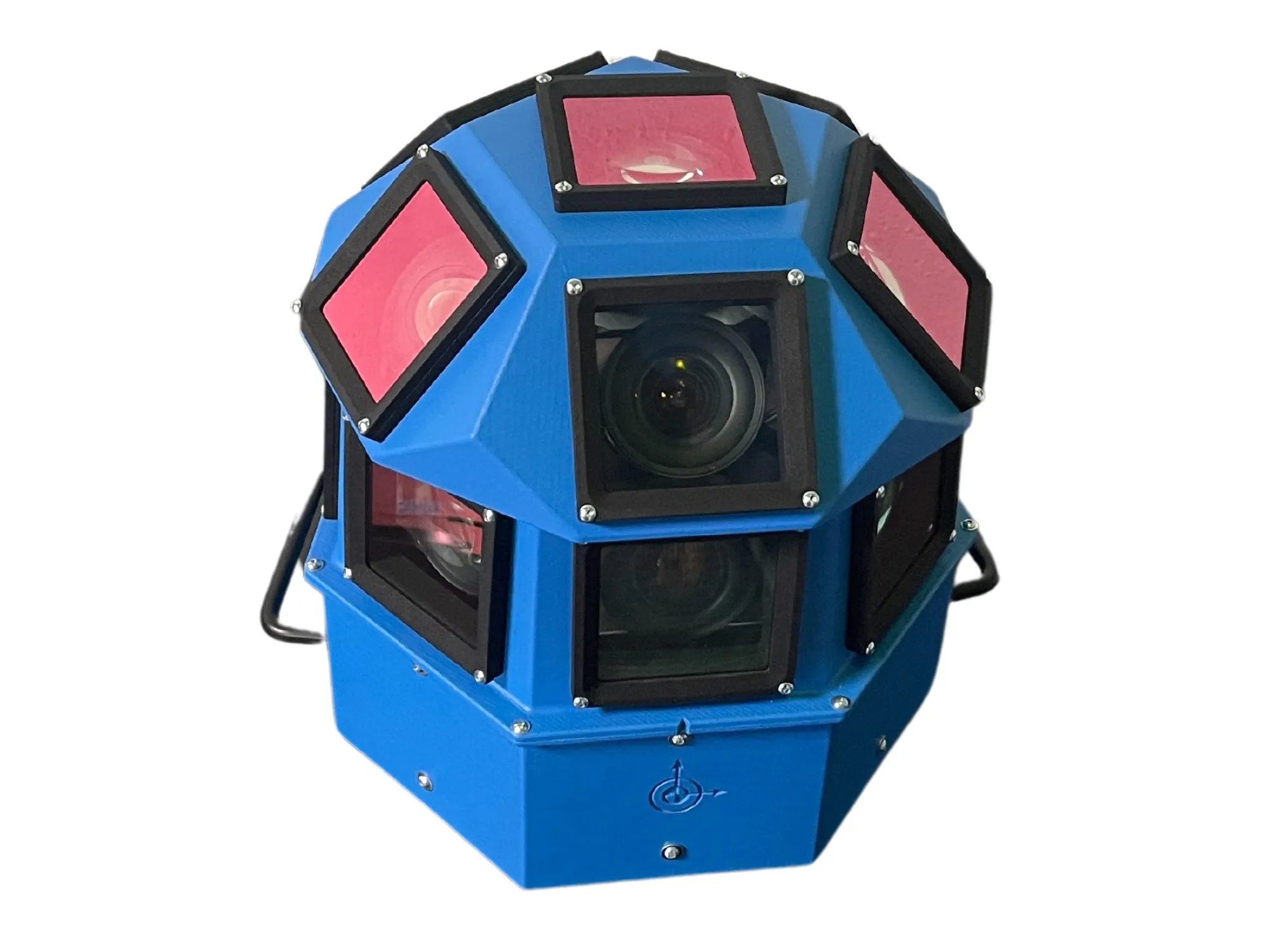UK retailer Marks & Spencer (M&S) is trialling the latest 360-degree camera system from Brigade and technology partner, ASL Vision, to further improve safety on its lorry fleet. As systems offering a surround view in a single image become more widespread on rigid trucks, M&S wants to find out if the benefits can be extended to articulated vehicles. An initial trial was set up using the Backeye 360 Elite system from Brigade Electronics with powerful software from ASL Vision at its core. The trial is now to b
June 20, 2014
Read time: 2 mins
UK retailer Marks & Spencer (M&S) is trialling the latest 360-degree camera system from Brigade and technology partner, ASL Vision, to further improve safety on its lorry fleet.
As systems offering a surround view in a single image become more widespread on rigid trucks, M&S wants to find out if the benefits can be extended to articulated vehicles. An initial trial was set up using the Backeye 360 Elite system from4065 Brigade Electronics with powerful software from ASL Vision at its core. The trial is now to be extended to cover 15 vehicles.
Backeye360 Elite uses four ultra wide-angle camera lenses mounted on the vehicle to capture all blind spots. Simultaneous digital images from the cameras are processed and ‘video stitched’ resulting in a real time, ‘bird’s-eye’ view delivered to the driver’s monitor. The surround view in a single image makes it easier and quicker for the driver to assess possible hazards and take corrective action if required.
It is vitally important to keep improving safety standards; blind spots are a hazard around all large vehicles, contributing to repair costs and downtime for the fleet as well as associated insurance costs. Additionally, the emotional impact has to be considered if personal injury becomes an issue.
A great deal has been done to eliminate risk from the M&S fleet, but with more than 50% of collisions happening during slow speed manoeuvring or with parked or stationary objects, more can always be done.
“My First impression of the technology was that it must be able to help us,” said Tony Whitehouse, fleet manager at M&S, “but of course the only measure of this will be if we see a significant reduction in the frequency and cost of collisions that we currently experience.”
Mark Nicholson, Brigade’s marketing manager, commented, “The 360-degree view of a rigid vehicle presented in a single image makes it easier and quicker for a driver to assess potential hazards. It is great that a company like M&S is willing to work with us to develop these safety benefits for articulated vehicles, too.”
As systems offering a surround view in a single image become more widespread on rigid trucks, M&S wants to find out if the benefits can be extended to articulated vehicles. An initial trial was set up using the Backeye 360 Elite system from
Backeye360 Elite uses four ultra wide-angle camera lenses mounted on the vehicle to capture all blind spots. Simultaneous digital images from the cameras are processed and ‘video stitched’ resulting in a real time, ‘bird’s-eye’ view delivered to the driver’s monitor. The surround view in a single image makes it easier and quicker for the driver to assess possible hazards and take corrective action if required.
It is vitally important to keep improving safety standards; blind spots are a hazard around all large vehicles, contributing to repair costs and downtime for the fleet as well as associated insurance costs. Additionally, the emotional impact has to be considered if personal injury becomes an issue.
A great deal has been done to eliminate risk from the M&S fleet, but with more than 50% of collisions happening during slow speed manoeuvring or with parked or stationary objects, more can always be done.
“My First impression of the technology was that it must be able to help us,” said Tony Whitehouse, fleet manager at M&S, “but of course the only measure of this will be if we see a significant reduction in the frequency and cost of collisions that we currently experience.”
Mark Nicholson, Brigade’s marketing manager, commented, “The 360-degree view of a rigid vehicle presented in a single image makes it easier and quicker for a driver to assess potential hazards. It is great that a company like M&S is willing to work with us to develop these safety benefits for articulated vehicles, too.”









